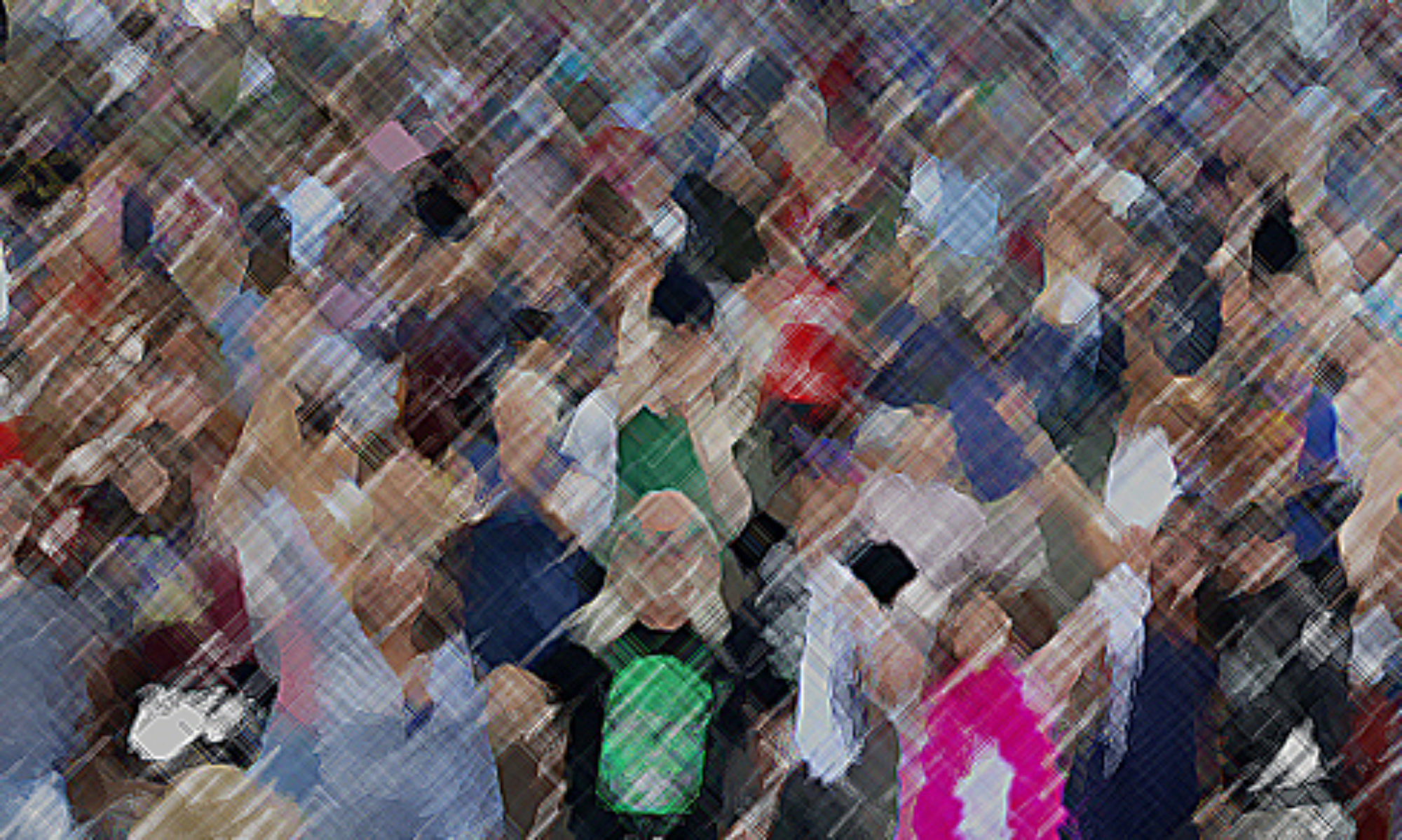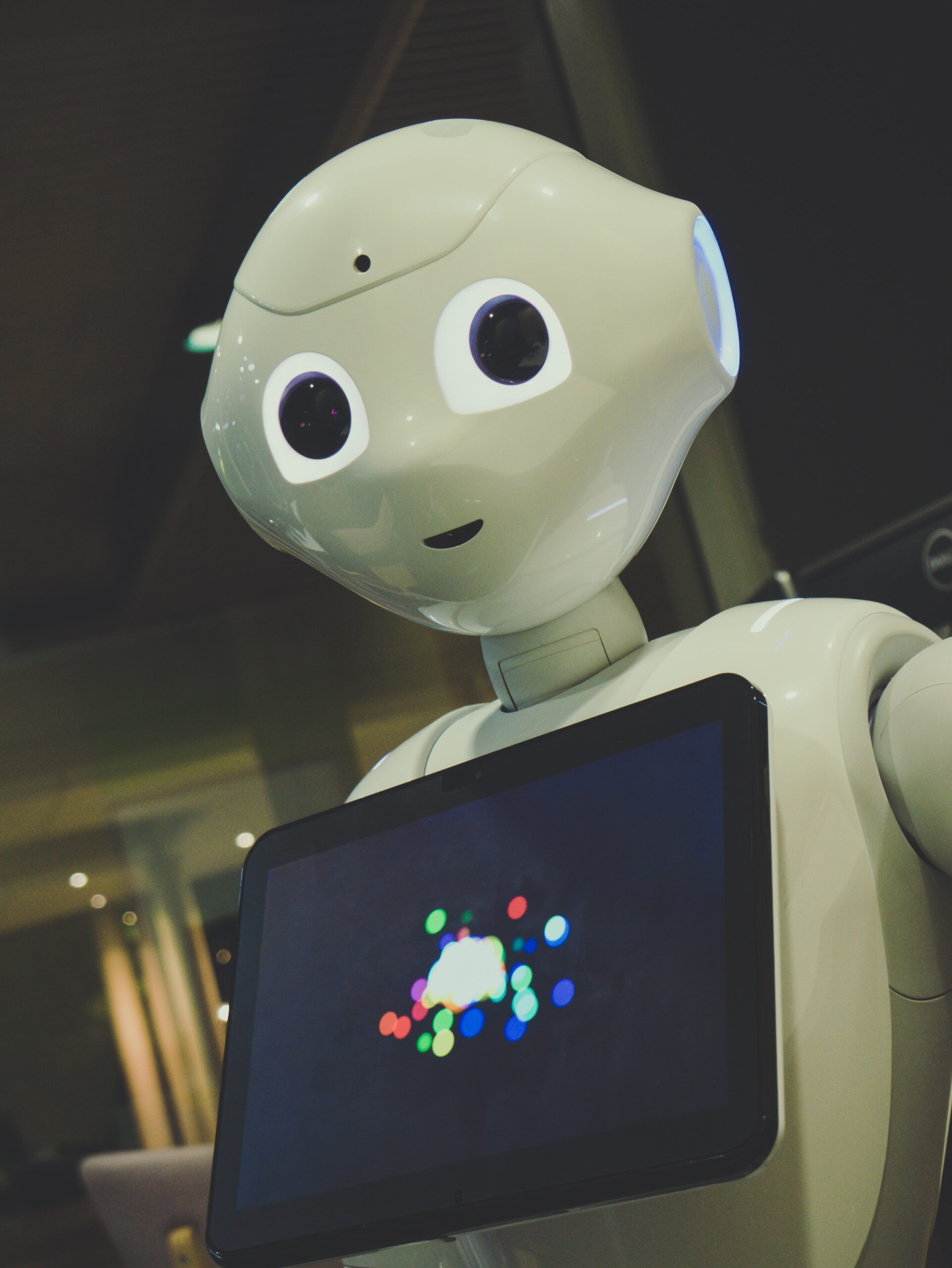We have been seeing a lot lately, in regards to AI and Chat GTP, and its potential effects on business, employment, and the future of dealing with consumers. There is a fair amount of speculation surrounding this, and depending on what business you re in, if it is not already a part of your life, it most likely will be in one way or another.
Widespread use of service kiosks has become popular, especially in higher volume fast food restaurants, airports, and transportation hubs. Some say it makes ordering easier, minimizes mistakes made by humans, and automates a once human process. Every day, we learn a new task that AI has either mastered, or streamlined considerably. Despite all of these reports, I not only believe there are aspects of customer service AI will not duplicate any time soon, I think there are roles that will never be replaced by a thinking, feeling human. And despite how much consumers say they like the automation, I believe a shift back to human interaction will enjoy a renaissance in the future. I also think that if you wish to be part of this return to human interaction, make sure that you are known as a business that never gave up on that much needed business component.
AI may be able to learn a lot, and very quickly, but can it master the art of empathy? Sure, it can simulate it, but when a customer knows they are not dealing with a real human, will it come across to them as sincere. I don’t see how it could. Reading another human’s, and responding to them are something, at least at the moment, only a living human can do.
This will remain the case as long as those of us who deal with humans, remind those humans with our actions, that a “bot” will never replace human compassion and understanding. However, to make sure that our customers realize that, we must never stop interacting with compassion, and in a way that reminds them that personal care is king, and no AI can accomplish what another understanding person can.
My Devil’s advocate friend proposed an interesting question, Which is worse? AI simulating caring, or a human who doesn’t care, and is “simulating” it to stay employed, or in some cases, not even trying? Tough one to answer, but I still lean towards AI being worse, while some already argue that, at least, a bot gets their order correct.
Most humans need contact. Community. It’s what keeps us human. AI is taking over a lot of tasks in the near future. There is little doubt about that. I believe those of us on the customer front lines have the responsibility to demonstrate how humans treat each other, so as human contact is minimized by automation, those rare human interactions are meaningful, kind, and produce the results both parties were hoping for.
Training your staff to use the filter of differentiating themselves from AI, in every customer, guest, or client encounter will assure you stand out in the world as someone who wishes to deal with humans. I believe that someday, soon, that will become more important that you can imagine.




